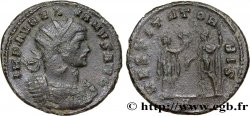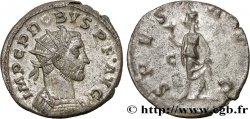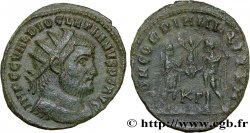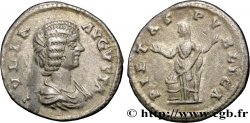E-auction 156-93816 - bga_388331 - LUGDUNUM - LYON - OCTAVIAN AND JULIUS CAESAR Quinaire
You must signin and be an approved bidder to bid, LOGIN TO BID. Accounts are subject to approval and the approval process takes place within 48 hours. Do not wait until the day a sale closes to register. Clicking on « bid » constitutes acceptance of the terms of use of cgb.fr private e-auctions.
Bids must be placed in whole Euro amounts only. The sale will start closing at the time stated on the item description; any bids received at the site after the closing time will not be executed. Transmission times may vary and bids could be rejected if you wait until the last second. For further information ckeck the E-auctions F.A.Q.
NO BUYER'S FEE.
NO BUYER'S FEE.
| Estimate : | 120 € |
| Price : | 38 € |
| Maximum bid : | 40 € |
| End of the sale : | 11 April 2016 14:14:00 |
| bidders : | 5 bidders |
Type : Quinaire
Date: c. 42 AC.
Mint name / Town : Gaule, Lyon
Metal : silver
Diameter : 13 mm
Orientation dies : 12 h.
Weight : 1,16 g.
Rarity : R2
Coments on the condition:
Quinaire mal frappé et usé, mais encore identifiable. Fine patine grise avec des marques de changeur
Catalogue references :
Obverse
Obverse legend : [III. VIR] - R. P. C..
Obverse description : Buste ailé de Victoria (la Victoire) à droite sous les traits de Fulvie.
Obverse translation : “Triumviri Rei Publicæ Constituandæ”, (Triumvirat pour la restauration du gouvernement).
Reverse
Reverse legend : ANTONI// IMP ; A À GAUCHE ET XLI À DROITE.
Reverse description : Lion passant à droite.
Reverse translation : “Antoni Imperatori/ Anno quarantegesimus primus”, (À Antoine Imperator/ quarante-et-unième anniversaire).
Commentary
Avec ces quinaires, nous pourrions avoir affaire à une émission militaire destinée à payer les troupes au service de Marc Antoine.
With these quinarii, we could be dealing with a military issue intended to pay the troops in the service of Mark Antony
With these quinarii, we could be dealing with a military issue intended to pay the troops in the service of Mark Antony







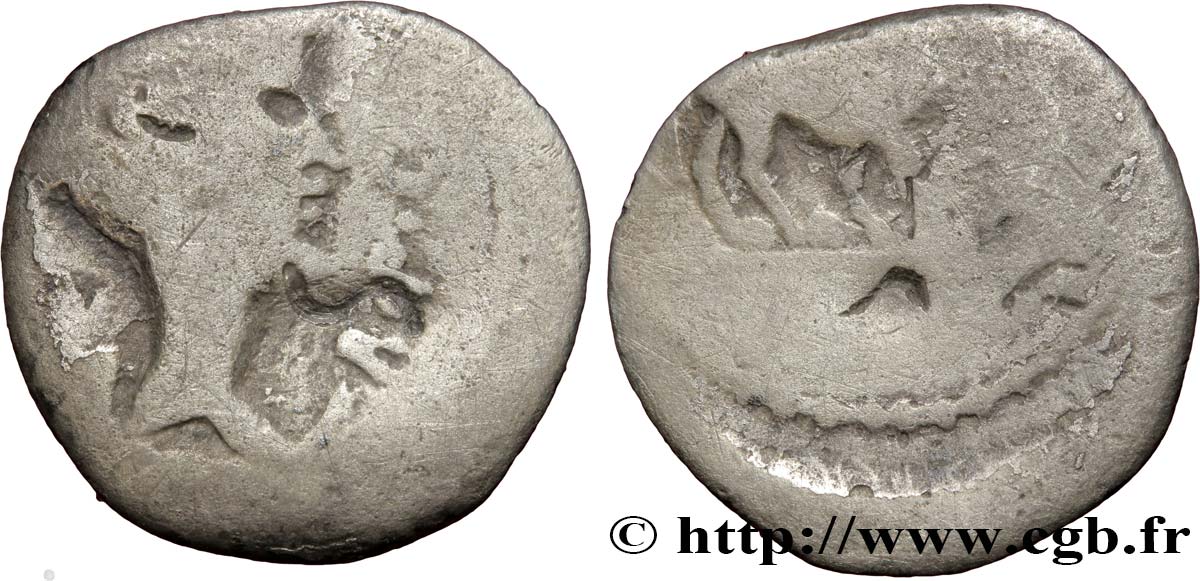
 Report a mistake
Report a mistake Print the page
Print the page Share my selection
Share my selection Ask a question
Ask a question Consign / sell
Consign / sell
 Full data
Full data


